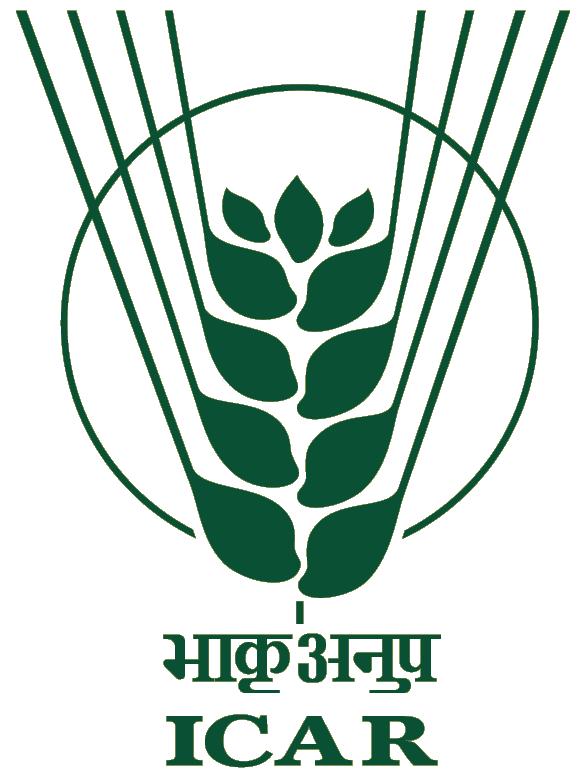 |
राष्ट्रीय जीनोमिक संसाधन कोष National Genomic Resources Repository भाकृअप - राष्ट्रीय पादप आनुवंशिक संसाधन ब्यूरो, पूसा परिसर, नई दिल्ली - ११० ०१२, भारत ICAR - National Bureau of Plant Genetic Resources, Pusa Campus, New Delhi - 110 012, India
|
|

|
|
|
Links
|
|
|
|
Conservation Genome Resource Bank for Korean Wildlife The genome resource samples to be collected are tissues,
blood, DNA, somatic and germ cells, and semen from mammals, birds, amphibians,
and reptiles including endangered species of Korea. CGRB collects genetic
samples with the help from field wildlife researchers, wildlife rescue NGOs and
veterinarians, zoos, animal hospitals, and wildlife-related government
organizations.
Http://pgrportal.nbpgr.ernet.in/(S(0zbo3wyeooin3v55hsmls255))/default.aspx
PGR portal is gateway to information on plant genetic
resources conserved in the Indian National Genebank house at the National Bureau
of Plant Genetics Resources(NBPGR) New Delhi India.
DNA
Banking at the Missouri Botanical Garden Garden
botanists have begun collecting small samples of plant material, usually young
leaves, in plastic, zip-lock bags with silica gel as a dessicant. Voucher
specimens for these samples are deposited at the Missouri Botanical Garden and
at least one institution in the country from which they originated. Upon arrival
at the Garden, a specimen label is prepared for each sample and they are stored
in a cabinet in a walk-in freezer maintained at 0° F (-20° C).
NIAS DNA
Bank Currently, the DNA Bank is
maintaining DNA materials and information that has been accumulated as part of
the genome projects of the Ministry of Agriculture, Forestry and Fisheries such
as the Rice Genome Research Program (RGP) and the Animal Genome Research Program
(AGP). The biological materials available for distribution include cDNA clones,
RFLP markers, PAC/BAC clones and YAC filters.
Plant DNA
Bank in Korea (PDBK) This site
contains genomic DNA list, tissue list, and their voucher information (label,
specimen, and photo) wich holded in PDBK and Korea University Herbarium (KUS)
both located in the Graduate School of Biotechnology, Korea University, Seoul,
Korea.
Gene
Engineering Division The
Gene Engineering Division (RIKEN DNA Bank) is a unique, not-for-profit resource
center dedicated to the isolation, collection, preservation and distribution of
genetic resources, such as cloned DNA and gene libraries (cDNA and genome
libraries) from human and other mammalian cells and from microorganisms (vectors
and hosts). The RIKEN DNA Bank undertakes research to ensure the authenticity of
the materials in the collection and to improve and standardize the methods of
characterization, maintenance, preservation and distribution of genetic
resources.
Royal
Botanic Gardens Kew DNA Bank The
RBG Kew DNA Bank contains over 22,000 samples of plant genomic DNA, all stored
at -80°C. DNA is extracted from particular taxa of interest that are then
databased with information on names, collectors, localities etc. Each sample is
vouchered (made into a herbarium specimen).
Http://www.nbpgr.ernet.in:8080/cryobank/
The word ‘cryo’ is a derivative of cryogenic which is defined as very low
temperatures. Cryopreservation refers to stabilizing cells at cryogenic
temperatures, usually below -100°C. Cryopreservation reduces cell and tissue
deterioration in storage by virtually halting metabolism and hence is an
important tool for non-lethal storage of biological materials.
The
Ambrose Monell Cryo Collection, New York The
Ambrose Monell Collection for Molecular and Microbial Research is the American
Museum of Natural History's newest research collection. Launched in May 2001,
the Monell Collection will house approximately one million frozen tissue samples
representing the DNA of a wide range of species. Potentially the largest and
most comprehensive initiative of its kind, the Museum's frozen tissue collection
will support a broad range of research, and allow scientists, today and in the
future, to take full advantage of advances in genomic technology.
|
|
|
|
© Copyright 2009 NGRR, ICAR-NBPGR, New Delhi |
|
|
|